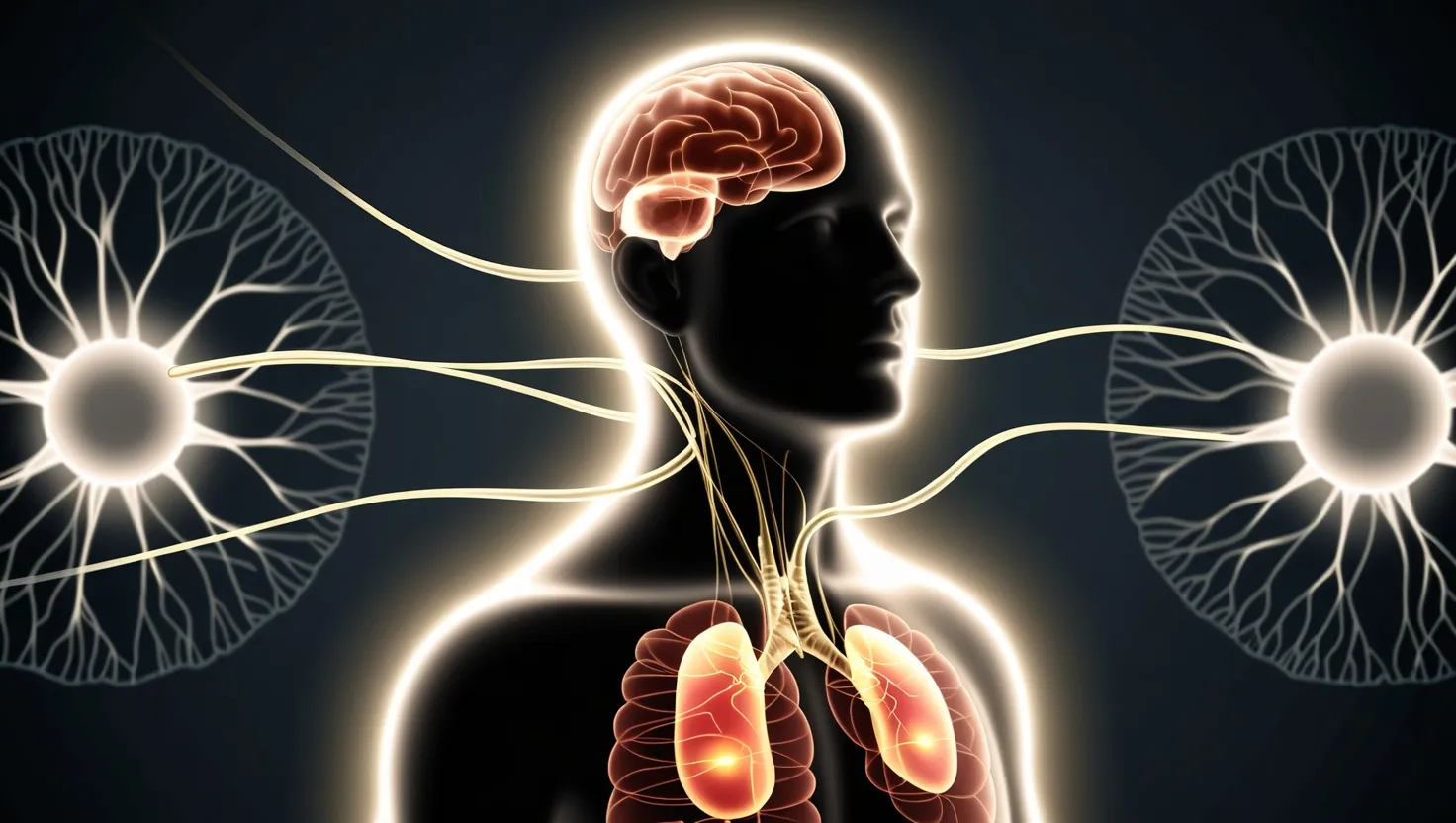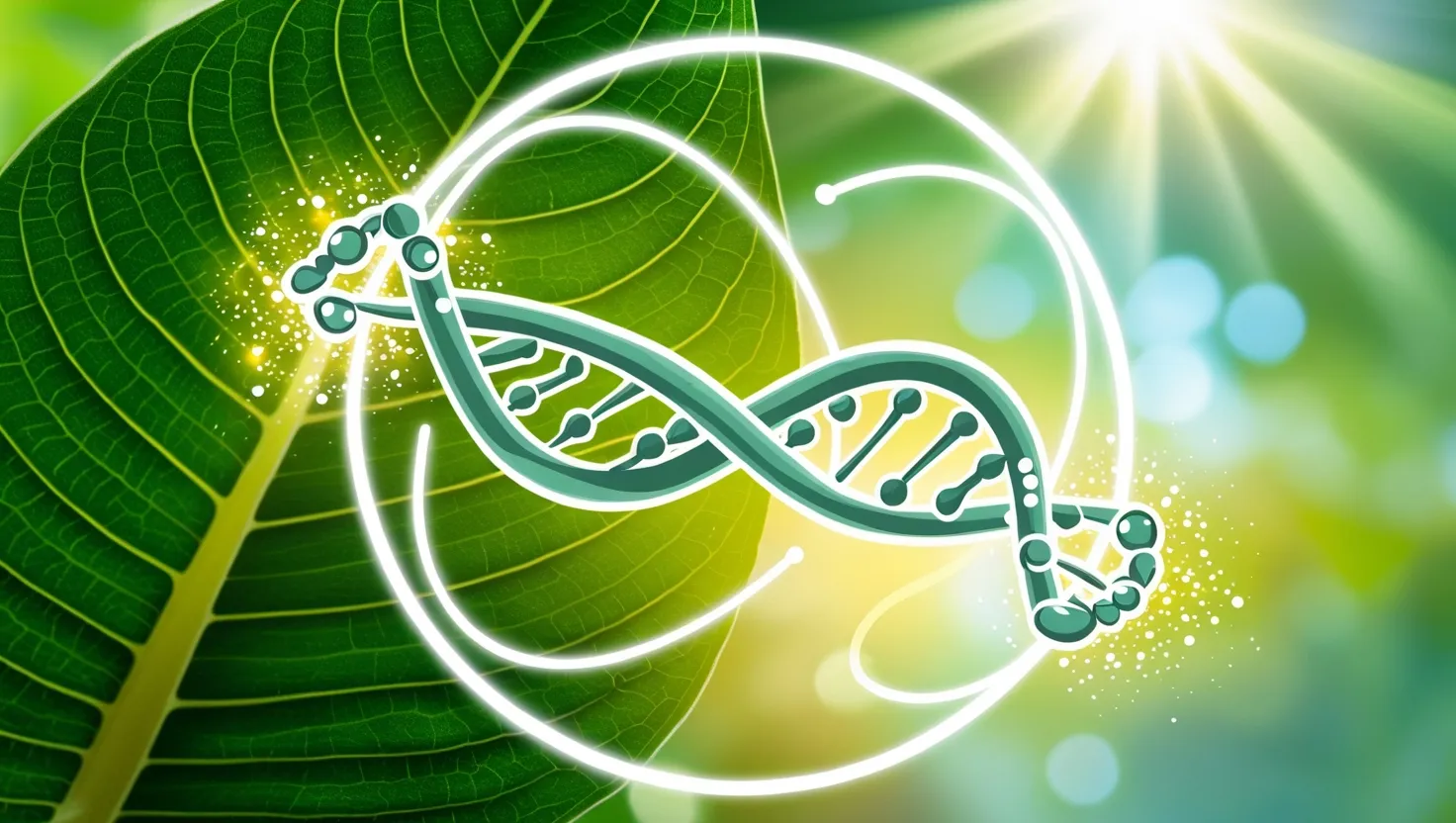As I delve into the fascinating realm of biophotons, I am reminded of the intricate and often mysterious ways in which living cells communicate and function. Biophotons, the ultra-weak light emissions from every living cell, are a phenomenon that has captivated scientists and sparked a multitude of theories and research endeavors.
Imagine a world where every cell in your body is emitting light, albeit at a level so faint that it is a thousand times below what the human eye can detect. This is the reality of biophotons, which are not just a curiosity but a potential key to understanding some of the most fundamental processes of life.
The discovery of biophotons dates back to the work of Fritz-Albert Popp, who first observed that living cells emit light. Since then, the field has expanded dramatically, with researchers exploring the role of biophotons in cellular communication, growth, and even consciousness. For instance, studies have shown that biophotons are involved in regulating cell growth, differentiation, and regeneration. They seem to act as a network of messengers, connecting various parts of the body and facilitating communication between cells, tissues, and organs.
One of the most intriguing aspects of biophotons is their potential role in cellular communication. Research by Sergey Mayburov at the Lebedev Institute of Physics in Moscow suggests that biophotons could be more than just random emissions. Mayburov observed that the streams of photons emitted by cells have a structured pattern, similar to those used in binary data transmission. This structured emission could imply that cells are using light to communicate with each other, a concept that challenges our traditional understanding of cellular interaction.
For example, experiments have shown that biophotons from growing plants can increase the rate of cell division in other plants by up to 30%. Similarly, biophotons from growing eggs can encourage the growth of other eggs of a similar age, while biophotons from mature eggs can hinder or even stop the growth of younger eggs. These findings suggest that biophotons are not just passive byproducts of cellular metabolism but active participants in the biological processes of growth and development.
But what about the role of biophotons in more complex organisms, like humans? Here, the story becomes even more fascinating. Biophotons in humans are not limited to simple cellular communication; they may also play a role in our brain functions and consciousness. Research indicates that biophotons are important carriers of information in the brain, working alongside electrochemical signals like neurotransmitters and nerve impulses. These photons cover a wide range of the light spectrum, from near infrared to near ultraviolet, with a significant majority leaning towards the red end of the spectrum.
Interestingly, cross-species comparisons reveal that more advanced animals produce more near infrared biophotons. This correlation between biophoton emission and cognitive abilities raises intriguing questions about the relationship between light and intelligence. Could it be that the more sophisticated our brains, the more they rely on this subtle form of light-based communication?
The journey of biophotons within the human body is equally captivating. These photons travel through the fatty coatings of nerves, known as the myelin sheath, creating a fiber-optic-like system within the brain. They also move through the cerebrospinal fluid, accumulating in the fluid-filled hollows of the brain and interacting with structures like the pineal gland. Here, they interface with secretions such as melatonin and DMT, substances often associated with altered states of consciousness.
This interplay between biophotons and our brain’s biochemical environment suggests a profound connection between light, consciousness, and our overall well-being. It opens up the possibility that biophotons could be a key component in energy healing and mind-body practices. For instance, studies on energy healing have shown changes in biophoton emission from the hands and other parts of the body before and after healing sessions. These changes indicate that biophotons might be involved in the transfer of energy and information during such practices.
The idea that biophotons could be carrying quantum information adds another layer of complexity to this narrative. Quantum mechanics suggests that photons can exist in multiple states simultaneously and can be entangled, meaning their properties are connected even when separated by large distances. If biophotons are indeed quantum in nature, this could imply that they are part of a much larger, interconnected network that transcends the boundaries of individual organisms.
This concept resonates with ancient spiritual teachings, such as those found in Vajrayana Buddhism, which describe the creation of a “Light Body” or “Rainbow Body.” According to these teachings, advanced practitioners can transform their physical bodies into a non-physical, bioenergetic form through intense spiritual practices. While this may seem like a mystical concept, the scientific study of biophotons provides a fascinating parallel. If we can visualize light and create bursts of photon emissions in the brain, as research has shown, then perhaps there is more to these ancient teachings than mere metaphor.
As I reflect on the enigma of biophotons, I am struck by the vastness of what we still do not understand. These ultra-weak light emissions are not just a biological curiosity but a window into the intricate and mysterious world of cellular communication and consciousness. Whether they are carrying secret messages, influencing growth and healing, or connecting us to a greater cosmic network, biophotons remind us that life is full of hidden wonders waiting to be uncovered.
In the end, the study of biophotons is not just about understanding a biological phenomenon; it is about exploring the very essence of life and our place within it. As we continue to delve deeper into this fascinating world, we may find that the light emitted by our cells is more than just a faint glow – it is a beacon that illuminates the interconnectedness of all living things.






